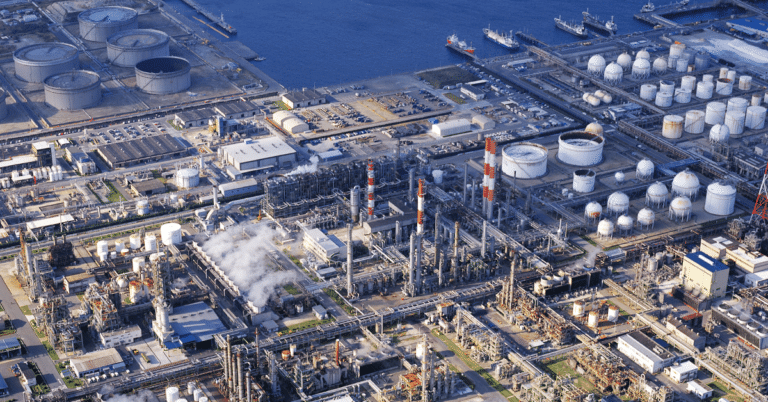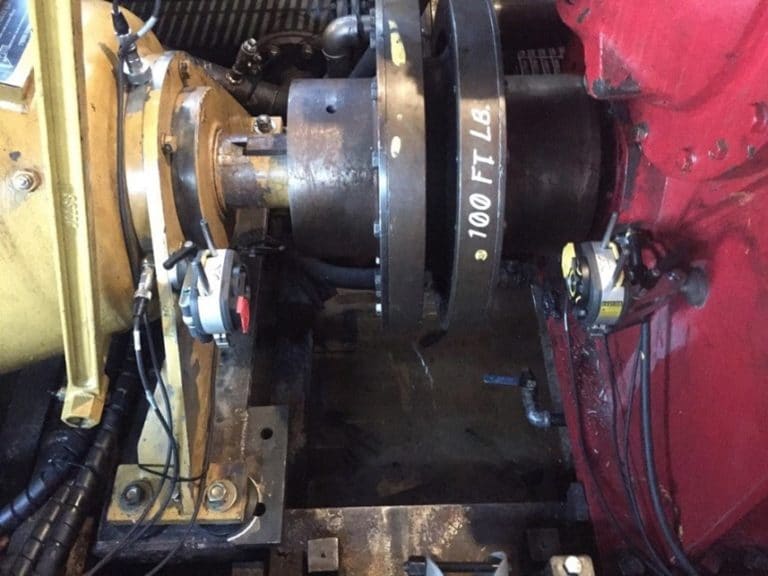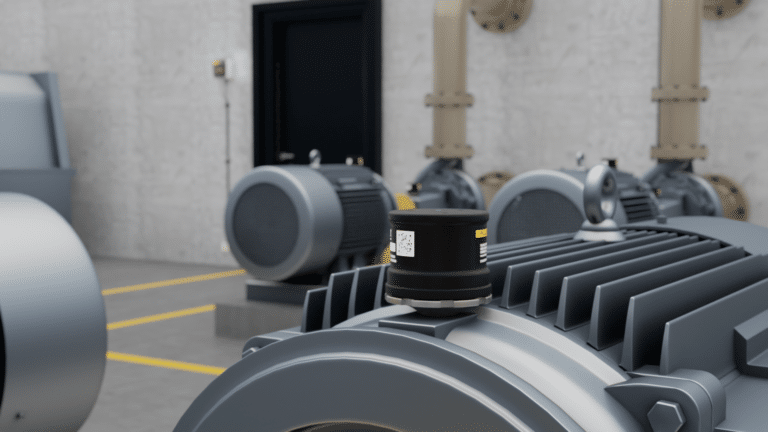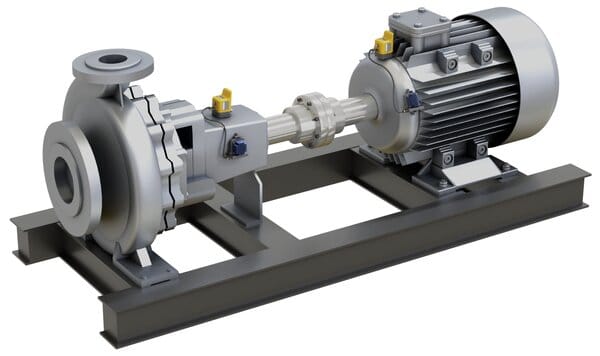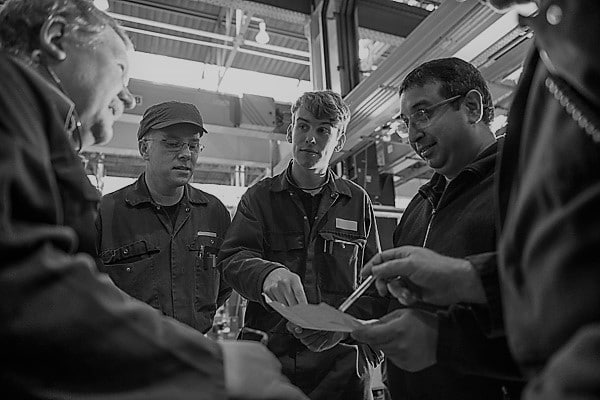In today’s ever-changing manufacturing environment, asset reliability is more important than ever. Hitting production targets requires maximizing asset availability. Maintenance and reliability (M&R) teams can’t achieve that if they’re constantly responding and reacting to breakdowns under a traditional route-based maintenance strategy.
Reducing dependence on physical routes by implementing an effective asset reliability strategy helps teams align their work with organizational needs and optimizes operations by increasing predictability across the board. It also maximizes safety and production efficiency while reducing downtime, waste, and spending.
When M&R teams understand which assets are most critical and know when they need attention, they can plan effectively and extend peak performance. But implementing a new reliability strategy isn’t easy—many teams have rushed into the process and unfortunately failed.
The best way to implement new processes is to start small. Identify the top 20% of your assets — the ones your plant couldn’t run without — and consider condition monitoring.
Accurate, up-to-date vibration data is an important factor in a successful reliability strategy. Vibration sensors capture changes in vibration signals, which are often the first sign of potential wear and tear or other abnormalities. Paired with software, vibration sensors can let M&R teams know when assets require attention, so they can better focus their efforts and increase their productivity in other important areas.
Selecting the Right Vibration Sensors for Asset Reliability
Vibration, in and of itself, is normal for machines with moving or rotating parts. However, excessive vibration can indicate wear and tear, and significant changes in a machine’s vibration pattern can signal problems. Measuring vibration patterns to spot when and how they change offers a useful view into a machine’s health.
Sensors placed on machinery capture vibration frequencies. This data is transmitted to software which alerts the team and enables quick, easy analysis. When an asset’s vibration data indicates a fault, teams can decide how to proceed after considering its severity, as well as the asset’s history and overall criticality.
There are sensors available to fit every need and budget. The most critical assets may require sensors that collect detailed vibration data around the clock in real-time. For less production-critical assets, sensors can capture snapshots of data at established intervals.
What does Vibration Data tell us about Asset Health?
Changes in vibration patterns can indicate that assets are not operating in peak condition. With training and experience, maintenance professionals can use vibration analysis and vibration data to identify and diagnose faults. Most machine faults fall into four categories:
- misalignment
- imbalance
- looseness
- bearing wear
Additionally, increased vibration can result in damage that shortens the life of equipment and components. By asking what happened in a specific instance, teams are able to not just solve that problem, but also better understand (and prevent) potential future issues.
And when you collect vibration data over time, M&R teams can compare and learn from patterns. When teams can identify abnormalities and diagnose faults in advance, they can plan and prioritize their actions, improving asset reliability and availability.
How Remote Monitoring Improves Asset Reliability
Remote monitoring bolsters a reliability strategy by providing:
- real-time knowledge of asset health
- alarm notifications that make it possible to respond quickly to potential failures
- trending asset-health data to find patterns and insights
- integrated data to perform in-depth analysis or generate reports
Technological advances have made the condition monitoring sensors available today accurate and reliable, as well as easy to install and set up. The variety of sensors available on the market simply reflects the wide range of possible applications. Different areas within a plant, machine types, and varying levels of criticality can all be factors that determine the appropriate type of sensor. Advanced technology also makes it easier for teams to analyze asset data, share it, and act on it.
M&R teams can use PCs or mobile devices to remotely view vibration data. Having access to this information in real-time enhances data-driven decision-making and helps teams collaborate across sites or confer with off-site specialists.
An effective reliability strategy helps organizations achieve efficiency, maximize asset availability and longevity, and realize the optimum asset ROI. Ensuring that assets are performing at the highest level requires a clear strategy, a prioritized workflow, and actionable data. Having real-time data on asset health and knowing how to put that data to use helps organizations learn from every response and move toward continuous improvement.
Ultimately, reliability is a journey, not a destination. Fuel it by measuring, learning, and doing.

